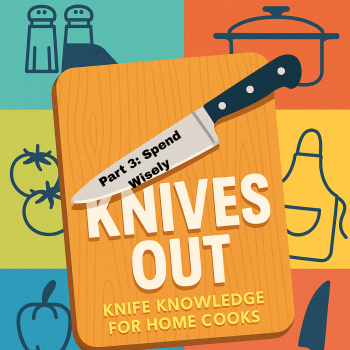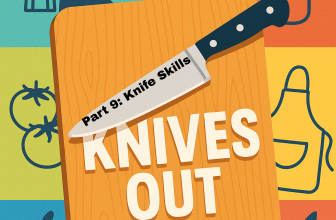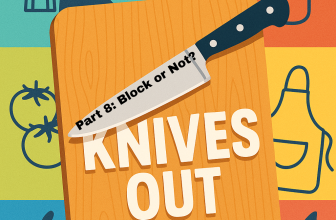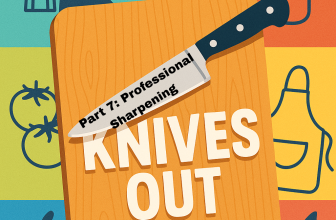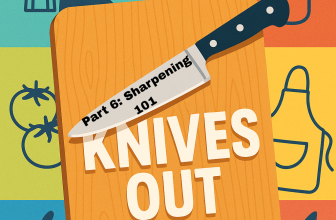Spend Wisely
Knives are the backbone of your kitchen. However, shopping for them can feel like stepping into another world. Do you need German steel? Japanese precision? A $300 chef’s knife? The good news: you don’t have to spend a fortune to get a knife you’ll love and use for years.
Here’s what really matters when picking the right knife for your kitchen.
Comfort is King
The most important factor when choosing a knife isn’t brand, material, or price. It’s how the knife feels in your hand. A knife should feel like an extension of your arm. It should be comfortable, balanced, and easy to maneuver.
Quick test: Hold a chef’s knife in the store. Does the handle feel natural? Is the weight balanced (not too blade-heavy or handle-heavy)? If you’re straining your wrist just holding it, it’s not the knife for you.
Blade Material: Pros and Cons
- Stainless Steel: Resists rust and stains, affordable. Dulls faster, needs more frequent sharpening.
- High-Carbon Steel: Stays sharper longer, great performance. It can rust or discolor if not dried quickly.
- Ceramic: Ultra-light, incredibly sharp. Brittle, which means it can chip or break if dropped.
For most home cooks, stainless or high-carbon steel is the sweet spot.
Edge Styles
Western Knives (like German brands)
- Slightly curved blade, made for a rocking chopping motion.
- Heavier and durable, good all-purpose knives.
Japanese Knives (like Santoku or Gyuto)
- Straighter blade, excels at slicing vegetables and fish.
- Lighter, thinner, but can chip if misused.
Choose the style that matches how you naturally cut. Rock back and forth? Go Western. Straight slice? Try Japanese.
Price
- Budget-Friendly ($30–$60): Great for beginners. Brands like Victorinox or Mercer Culinary make solid, affordable knives.
- Mid-Range ($70–$150): A sweet spot for serious home cooks. Think Wüsthof, Henckels, or Shun.
- High-End ($200+): Gorgeous knives, handmade craftsmanship, often more about prestige than necessity for home kitchens.
A $100 knife, cared for properly, can last decades. Don’t feel pressured to splurge unless you want a statement piece.
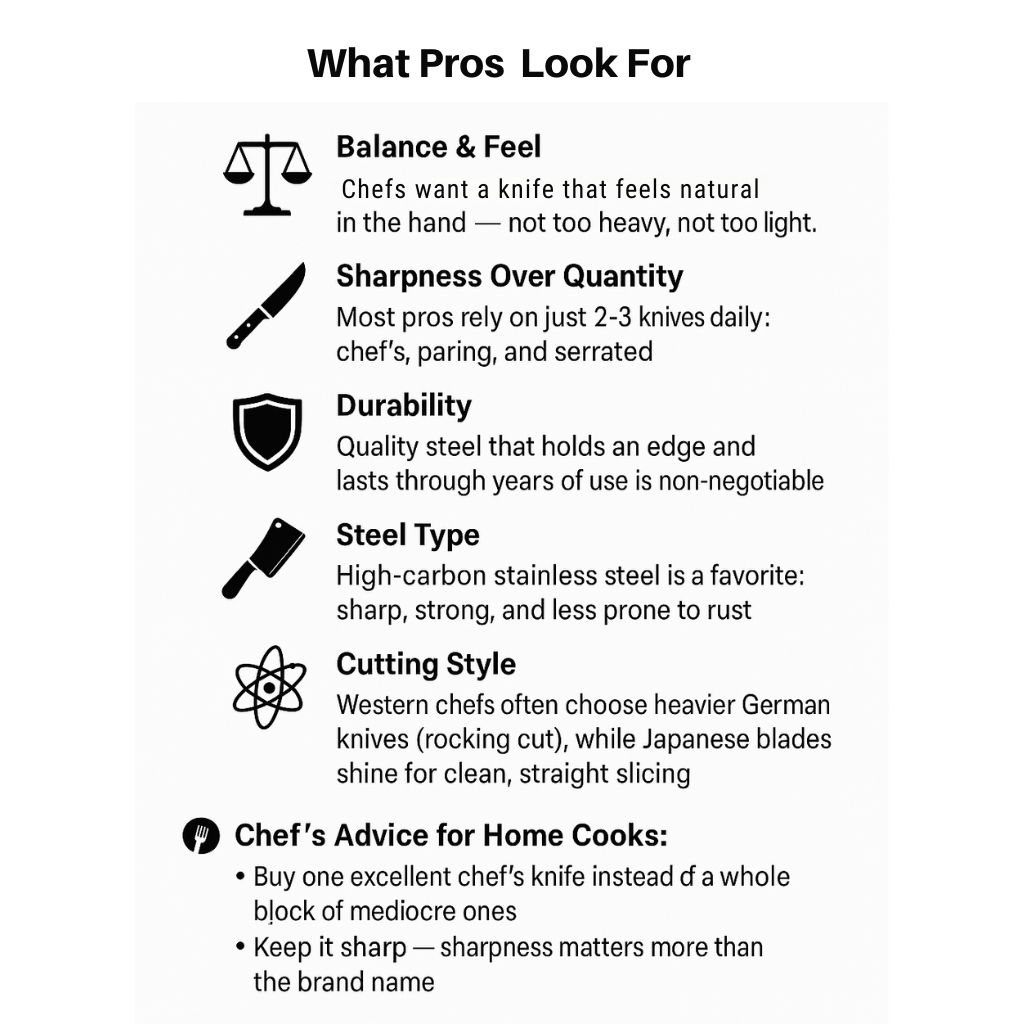
Read More
Part 1: The Basics
Part 2: The Essentials
Part 4: Storage Matters
Part 5: Dull = Danger
Part 6: Sharpening 101
Part 7: Professional Sharpening
Part 8: Block or Not?
Part 9: Knife Skills

